Birch: description, types and cultivation
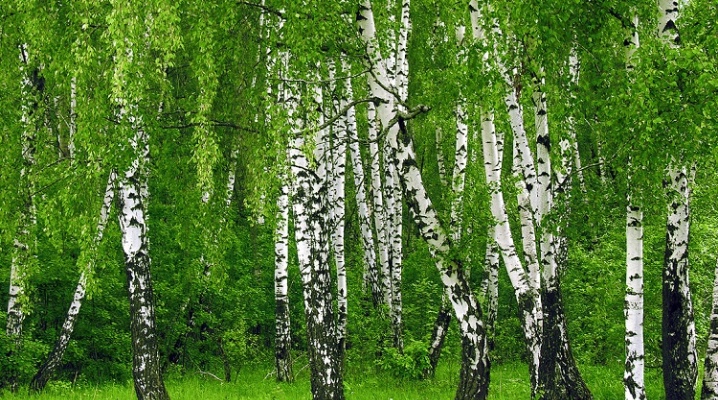
Birch is considered one of the most beautiful trees. Contemplation of this culture brings tranquility and harmony; it is always easy to breathe in a birch forest. That is why many gardeners dream of growing such a sophisticated beauty on their site. We will talk about the features of this process in this article.

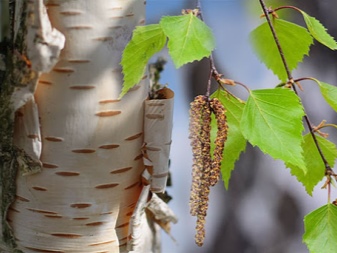
What it is?
Birch belongs to the deciduous group of trees, and it belongs to the birch family. The average height does not exceed 30 meters, but there are also real giants. Their maximum height is 40-45 meters. The trunk diameter of an adult culture is 40-150 centimeters. All trees of this genus reproduce due to the wind. Life expectancy in natural conditions is at least 100 years.
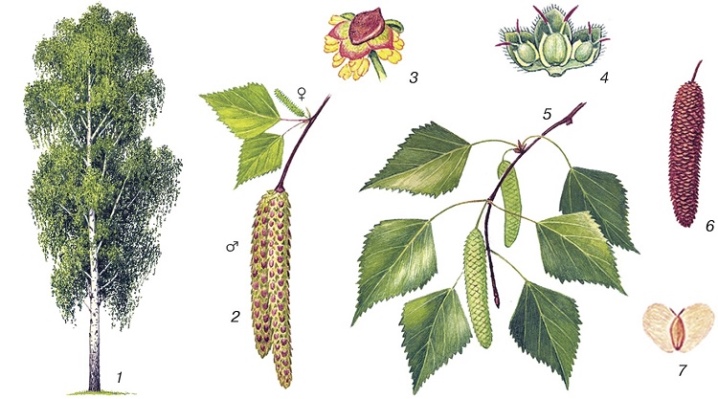
The root system of birches is distinguished by its power, it can be both superficial and internal. Internal is more common. Newly planted young birches grow slowly, but after a few years they begin to vigorously stretch upward. Of particular interest to botanists are the characteristics of the bark of this tree. We are used to the fact that birch is usually white, but there are other types: yellow, with a pink tint, brownish, brownish, gray.
The structure of the bark (birch bark) is such that it easily comes off, due to which it is often collected for weaving baskets or making handicrafts.
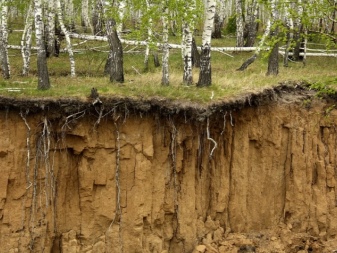
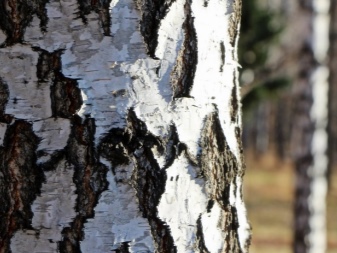
The leaves have a classic shape: they are small, triangular, and have smooth sides. Young specimens are sticky. Before falling, the foliage always turns yellow. It also gives a unique aroma, and that is why birch brooms are so often used in Russian baths.
The culture begins to bloom in the second month of spring. However, earrings are formed much earlier. Males appear in the summer, each of them contains about 600 seeds. Before winter, they are covered with a special substance that makes it easy to endure the cold. With the onset of spring, these earrings elongate, starting to emit pollen.
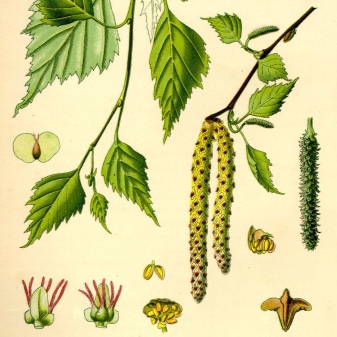
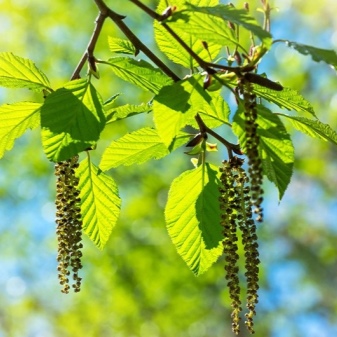
Female specimens are fewer in number, they grow on the sides of the tree. Appear in the spring. Having received pollen, female earrings begin to increase in volume, turning into a kind of cones. By mid-summer or early autumn, such a cone bursts, and the seeds are carried by the wind.
Birch bears fruit once a year, maturity in most cases occurs at 5 years old, but there are also types that ripen by 10-20 years of age.
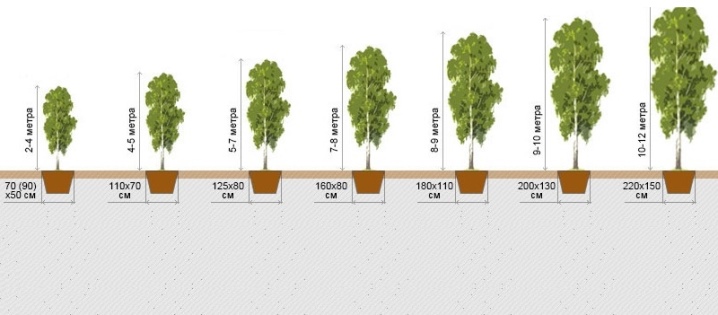
Where do trees grow?
Birch is one of the most common trees in Russia. It is found in deciduous forests, there are even whole birch groves and massifs. Dwarf birches, which are shrubs, grow in the tundra part of Siberia. Dagestan will also be a habitat for culture, where trees often form forests near gorges. Birch trees grow actively in the Crimea, especially thermophilic species.
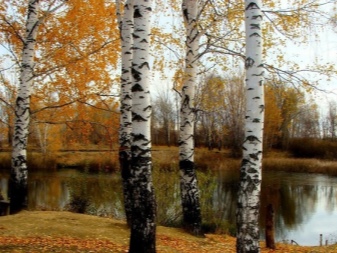
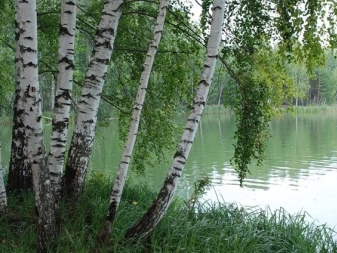
In addition to Russia, this culture is ubiquitous in the countries of North America, as well as in part of Eurasia. Some individual species are found all over the world: in Japan, India, Australia. The growing area of such trees covers the whole of Southeast Asia. The popularity of the culture is due to its undemanding nature: birch easily grows on a variety of soil types, it can withstand both drought and frost, often "settles" near water and swampy areas, and chooses not only freshwater, but also marine water bodies for habitat.
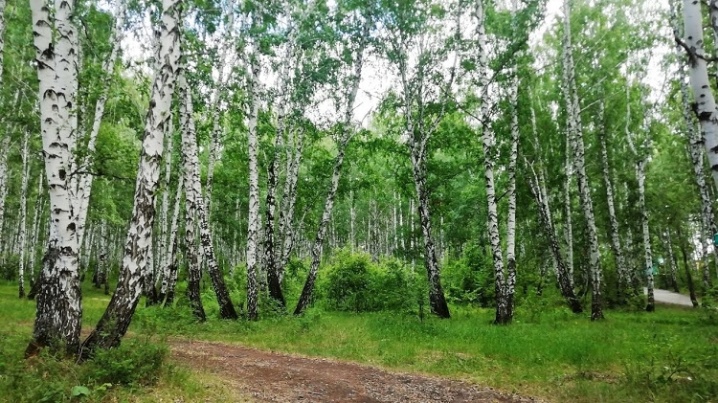
Overview of popular species
Scientists are still calculating how many species and types of birches grow in the world. The exact number is unknown, but it is at least 100 different copies. The choice is huge, but only those varieties that can take root in the climate of Russia should be seriously considered. Let us give a brief botanical description of such species.

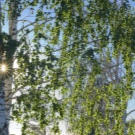
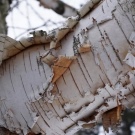
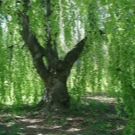
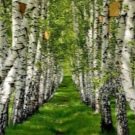

Fluffy
Such a birch is also called pubescent. It grows up to 25 meters, the trunk girth is about 80 centimeters. The bark is initially distinguished by a brown tint, but begins to turn white with age.
Young specimens have a thin, sparse crown, after a while it grows, becoming the pride of the gardener.
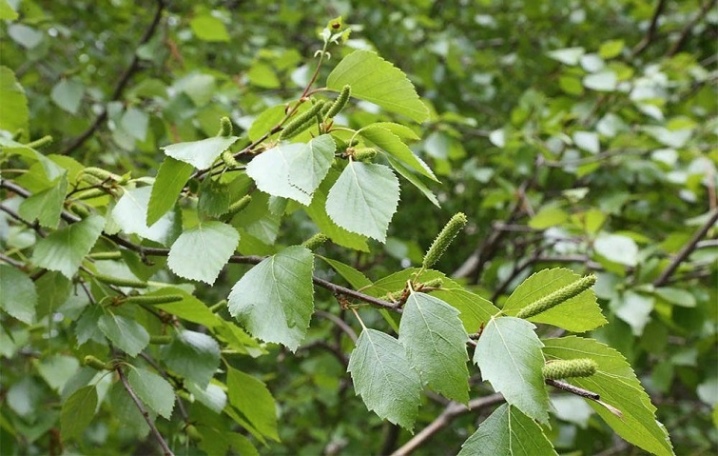
Erman
The second name is stone. One of the longest-living trees - the age can reach 400 years, which is not typical for birches. Small growth - from 12 to 15 meters, trunk girth - about 90 centimeters. Birch does not look classic, because it has a gray or brown bark, which cracks with age. The tree is widespread in Yakutia, China and Japan, but it can also be grown in the Russian climate.
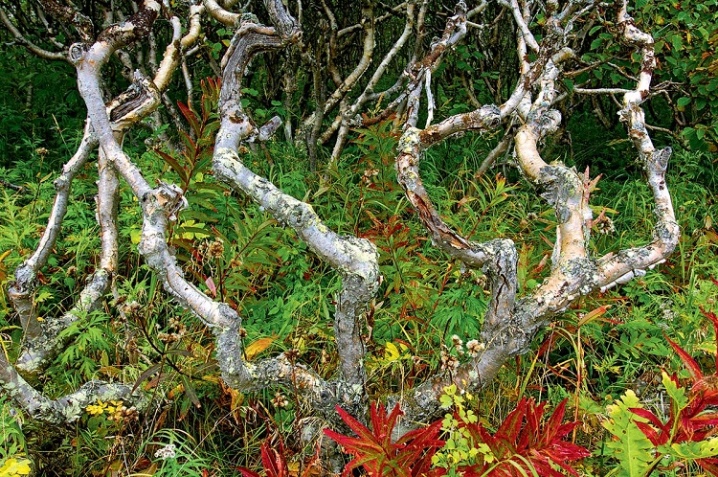
Dangling
The most popular type, growing up to 30 meters. The trunk diameter of an adult plant is 80 centimeters. The bark is brown at first, but after a decade it turns white. Such birches are found everywhere in deciduous and mixed forests of Russia, and therefore they are rather unpretentious in terms of keeping conditions. They got their other name (warty) trees because on their branches formations often ripen, resembling warts in appearance.
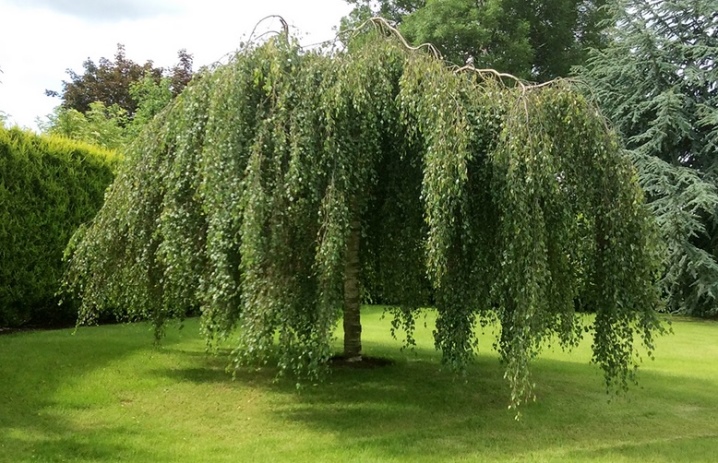
Black
It is a deciduous tree about 25 meters high. The trunk girth can reach one and a half meters. The bark is usually scaly, but there are also smooth specimens. Different color: brown, brown, pinkish.
An interesting feature: the branches of such birches are often silvery. Requires moist soils, mostly sandy, and an abundance of light.
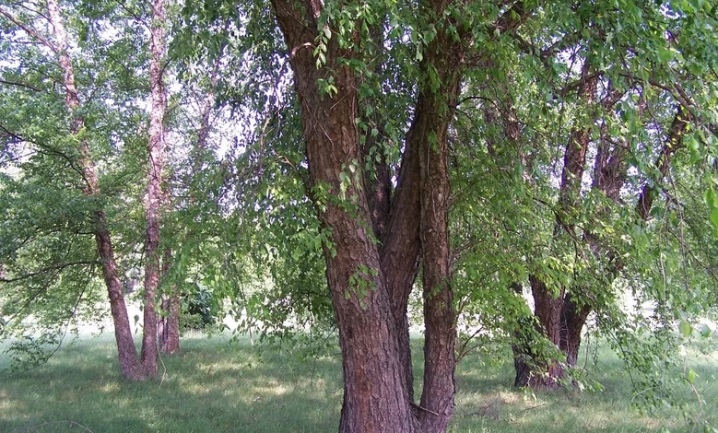
Cherry
Such birches have a dark brown bark, and their maximum height is 25 meters with a trunk diameter of 60 centimeters. The crown resembles a pyramid, the branches descend. The bark of cherry birch has a special aroma, thanks to which the culture is widely used in various fields. Grows rapidly, often found in park areas. Essential oils are also obtained from this type of birch.

Karelian
This birch has long been known to those who love aesthetics. Very sophisticated yet durable, it features an extraordinary marbled bark pattern. It looks like a shrub, it grows up to a maximum of 9 meters, the girth of the trunk is about 40 centimeters. Burls and suvois often grow on birches of this species, which are highly appreciated by craftsmen.
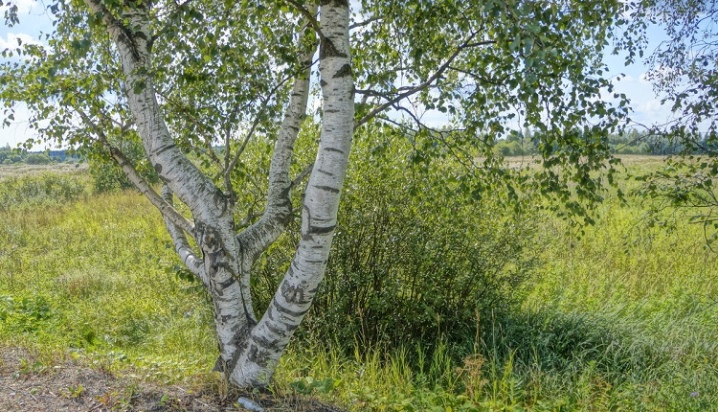
Dwarf
Small birches are especially widespread in the northern regions, where they are almost always used as brushwood. Such a culture grows up to a maximum of 1.2 meters and is a shrub with many branches of a brown or reddish hue. It prefers wet lands, so swampy areas or tundra will become the main habitat.
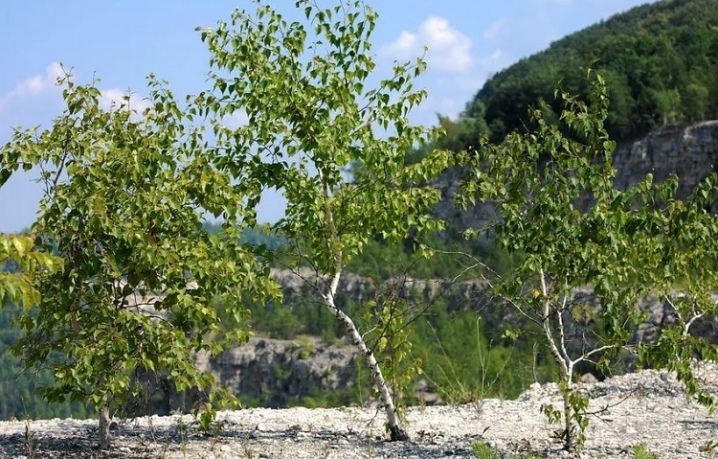
Landing
Most birch species are not particularly demanding on the soil. But the culture develops best of all on humid sandy lands or loam. It is recommended to avoid an abundance of lime in the soil, as the tree may not take root well and grow weak. The acidity should also be corrected. An important point to consider is the height of the tree. If you purchased a tall variety, take care that the tree does not collide with the power line over the years or, if it fell in the event of a storm, does not fall on a residential building.
The landing site should be well lit, but it is better if it is morning light. In the afternoon, shade is recommended, so many summer residents plant a birch tree near the house so that the building casts a shadow on the tree in the afternoon.
Also, make sure that there are no other crops near the birch. This is due to the fact that the tree releases harmful substances into the soil. It will not get along with other plants.
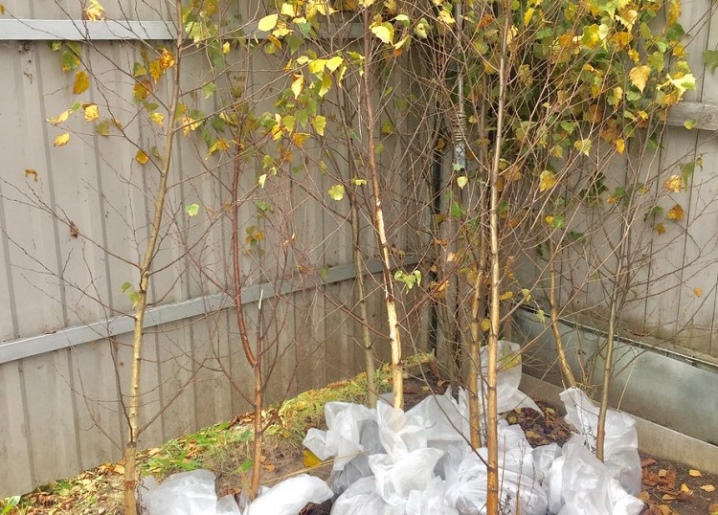
The optimal age for planting is 3 years. Such a seedling is bought and planted in the fall. The survival rate will be extremely high.Still similar specimens are planted in the spring, at the very beginning, but it is important that an old earthen lump is present. Seven-year-old birches are planted in autumn, spring, and also in winter, while preserving a clod of earth. It is no longer recommended to touch older trees, since the roots can be damaged, and the survival rate will be extremely low.
Having chosen a landing site, you can proceed directly to the process itself. Dig a small hole, the bottom of which will need to be lined with a layer of drainage. It will be sand, the layer thickness is at least 15 centimeters. Then the pit is half filled with a mixture of peat, sand and humus (all taken in 1 part), as well as garden soil (2 parts). The seedling, together with the earthen clod, is lowered into the hole, sprinkled, poured with settled water. In no case should it be possible to deepen the root collar, since this in 100% of cases guarantees the death of the tree in the coming years. When planting, it is also important to observe the distance: if the trees are planted in a group, then there should be at least 4 meters between each seedling.
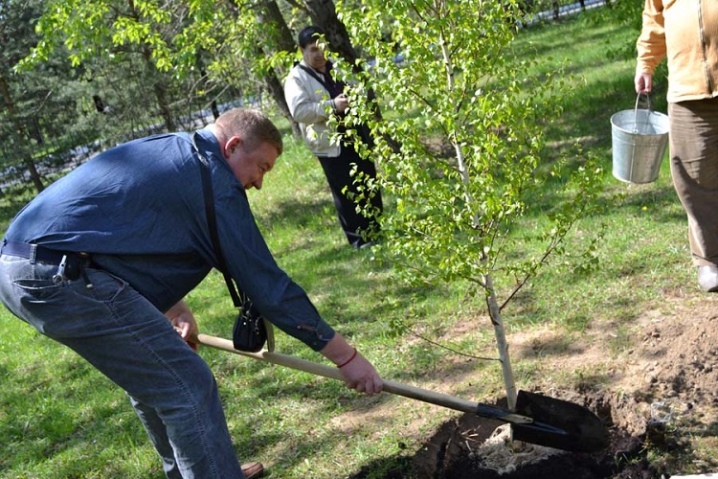
Care features
In most cases, birch does not require much maintenance. An exception is watering: the crop loves water and actively draws it out of the soil. Young birches need to be watered regularly, as the land dries up. The first few days after landing, this is done daily. Each seedling will require 10-20 liters of settled liquid. In addition, the seedlings must be shaded for the first months, removing the shelter for the night.
Usually, birch independently removes weeds around itself, preventing grasses from growing in the near-trunk circle. From time to time, you should loosen the ground, ensuring the passage of air. This should be done carefully, since many types of birches have a superficial root system. After weeding, you can mulch the near-trunk circle with peat or wood chips. The mulch layer is approximately 8 centimeters.
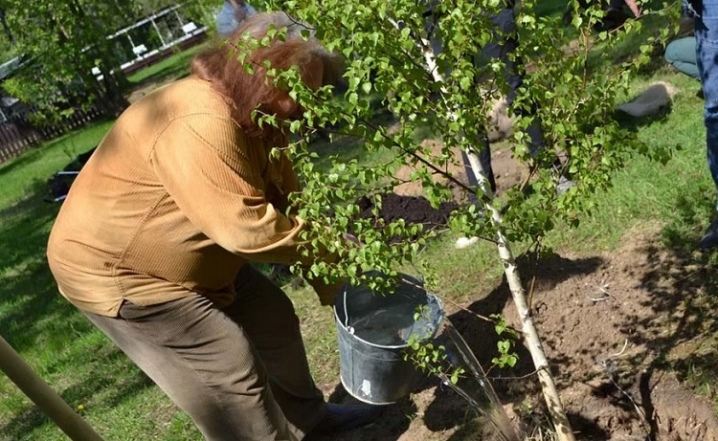
It is not necessary to fertilize the crop, since it itself is able to extract everything it needs from the ground. If you still want to feed the tree, then this can be done with the help of mullein, ammonium nitrate and urea. Mullein is taken in a volume of a little less than a kilogram, other ingredients - 15 grams each. All components are diluted in a five-liter bucket of water. Birches that are 10 years old will require 30 liters of the mixture, and trees over 30 years old will require 50 liters. Fertilized at the very beginning and end of spring.
Birch pruning is a traumatic event. This is one of those trees that do not tolerate it extremely well. It is important to cut only dry and outdated branches that are harmful to the tree. This is done only after the end of the sap flow, and the places where the branches were cut are covered with garden pitch.
Other types of pruning are relevant only if the birch is a direct threat to nearby buildings or is grown on a trunk.
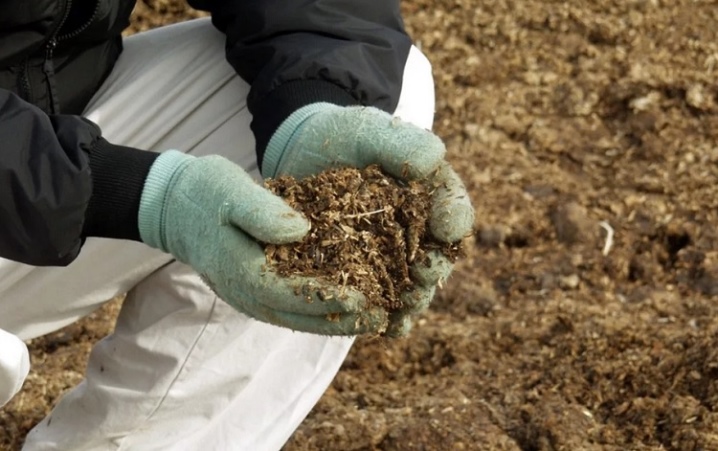
Reproduction
In the wild, birch propagates by seed, but it also happens that the tree gives rise to nearby shoots, which soon also turn into birches. At home, gardeners practice only one method - seeds, since other methods do not give a good result. The seeds are harvested at the moment when the catkins turn brown. It is usually autumn. The planting material is placed in glass bottles, waiting for spring. Store in dry and cool rooms, containers must be airtight.
In the spring, ready-made seeds are laid out on the ground, slightly covered with soil. Then watering is carried out and a shelter is made: foliage, straw, small branches. Without removing the shelter, the seeds are watered, but as soon as they hatch, the covering material is removed. It should not be forgotten that young seedlings must be protected from direct rays. Another option for growing seeds is to create a greenhouse. It is done easily: wooden pegs are driven in along the perimeter, and a polyethylene film is stretched from above. As soon as the night frosts go away, the greenhouse is removed.
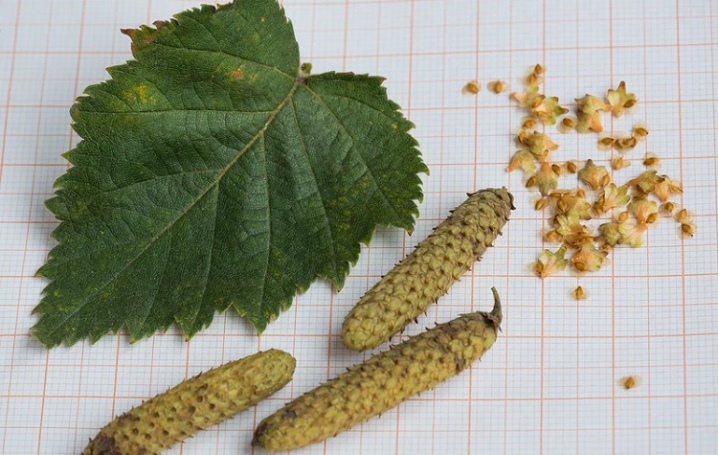
Diseases and pests
A birch that is grown in the right conditions rarely gets sick. But even the best plots cannot insure trees against trouble. The most common problems are described below.
- Tinder. Attacks weak and frail trees, significantly reducing their lifespan. The bark turns brown, darkens even more over time and cracks. On a birch, formations of a yellowish-gray color, similar to a horse's hoof, grow. If the tree is already dead, it is cut down, the stump is immediately uprooted. On those birches that have still retained their viability, the tinder fungi are cut off, and the places of their cuts are treated with a 5% solution of copper sulfate.
- Cytosporosis. A fungal disease that causes bumps on the bark of a tree. It is especially dangerous for young animals, as it causes their death. The best way to fight is prevention. Before the leaves bloom, the branches are treated with a Bordeaux mixture, you can take its analogues. Already diseased trees are also treated with Bordeaux mixture, but with severe damage, it is better to uproot the culture.
- Powdery mildew. This disease is the real scourge of all deciduous trees. It is characterized by the appearance of a whitish bloom on the foliage. The affected tree dies quickly. It can only be treated with strong fungicides, and uprooted trees should be burned outside the site.
Of the pests, birch is most often attacked by birch sapwood, large birch sawfly and scoop. All these insects are recommended to be immediately destroyed with insecticides. Otherwise, the parasites will multiply, and it will be much more difficult to get rid of them.
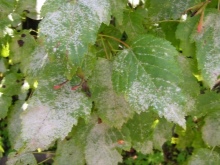
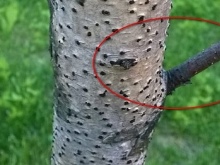

Application
Birch is mainly used in construction. It is an excellent building material for making furniture and crafts. Wood is used both solid and processed into plywood or veneer. Sometimes, with the help of birch, they imitate more valuable tree species. Carpentry is made of it, since wood retains its qualities for a long time, and is inexpensive, unlike the same oak. They also use it for parquet.
Birch is very malleable in work, so it is often used to make a variety of items:
- sports equipment;
- guitar cases;
- barrels for storing food;
- handles of household appliances;
- beer mugs and more.
In addition, birch firewood is often used for kindling in a fireplace. The wood of this culture does not emit sparks and unpleasant odors. A delicate, delicate aroma emanates from it, saturated with useful phytoncides. The flame will have a bluish color.
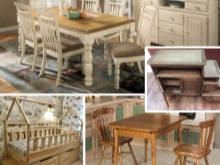
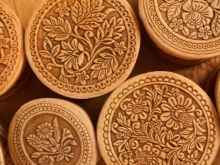
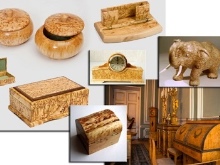
Interesting Facts
Birch is a tree that has been loved and appreciated since ancient times in Russia. That is why there are really a lot of facts about him. You can find the most interesting ones below.
- Burrs often grow on birches - special growths with bizarre shapes. The finished burl acquires a glossy, shiny surface and serves as a material for intricate wood crafts and sculptures.
- Birch is a kind of home for several types of mushrooms. These mushrooms not only supply her with all the necessary nutrients, but also clear the forests of windbreaks.
- The white color of the bark is due to a special substance - betulin. This color reflects the sun, saving the tree from overheating.
- Birches often grow in apiaries: bees actively collect pollen on these trees.
- The seeds of the culture are extremely light: as many as 5 thousand seeds will weigh no more than a gram. Thanks to this, the wind carries the seed for hundreds of kilometers around.
- Those who love insects can go to the birch in search of the stag beetle - one of the largest representatives of the stag family.
- Birch bark, which is the upper part of the bark, used to be used as paper. Even today, scrolls of this material can be found in museums.
- People who live near birch tracts have better health.This is because the culture saturates the air with useful substances that heal the nervous and respiratory systems.
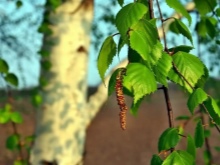
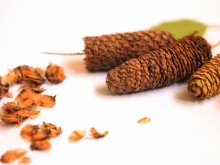
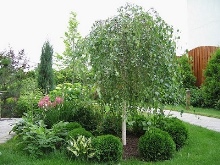
In the next video, you can take a look at an unusual hanging birch gazebo.



































































The comment was sent successfully.